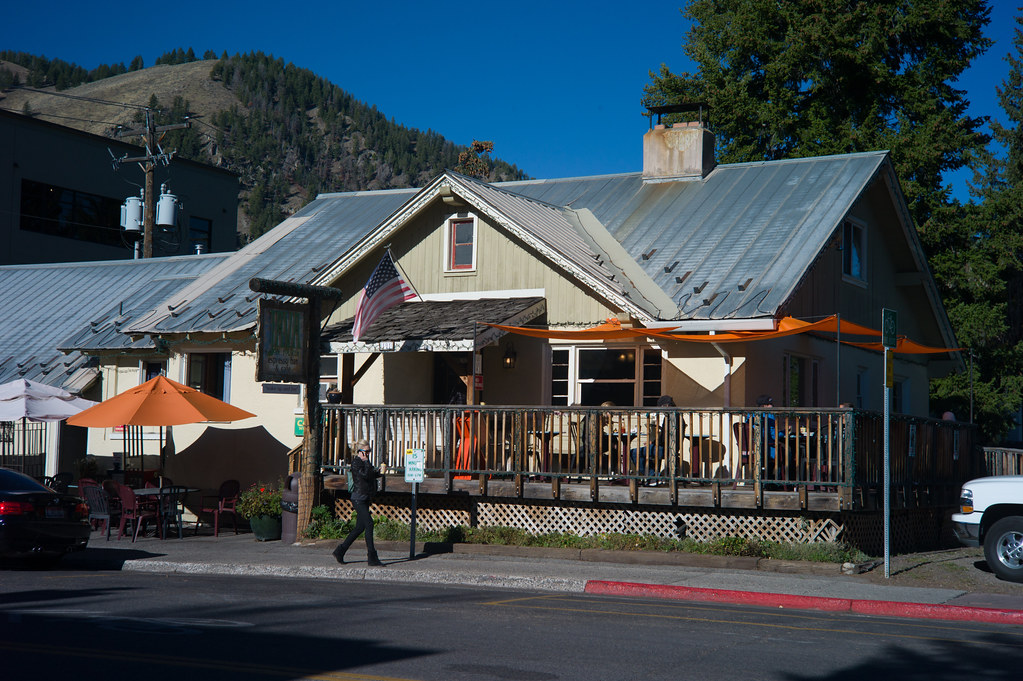Dante_Stella
Rex canum cattorumque
That definition tries to make a brand name change a technical change. But these are all one family, there is no hard separation. The prototypical 1930's Sonnar front group was already in lenses branded as Ernostars, the (now) characteristic Sonnar rear evolved only a few generations past the name change.
You've identified essence of a problem with this whole discussion.
Does a modern Sonnar lens look like an Ernostar or the Sonnar-branded 50/2 or 50/1.5 lens? The answer is, "Yes." Bertele designed the 1926 Ernostar, and in the same year, he and the lens were acquired by Zeiss with the Ernemann buyout. The 1-3-2 and then 1-3-3 lenses are nothing but elaborations designed to overcome shortcomings of glass and (lack of) coatings in the 1920-30s. The patent is not for a "Sonnar," and it wouldn't be because Sonnar is a trade name. The patent is on a a particular lens arrangement that improves contrast without using coatings. And plenty of other designs of Sonnars were being made back even before the war, including sub-50mm versions for 24x24mm cameras. Sonnars do exhibit these qualities over 80 years: (a) being asymmetrical triplet derivatives, (b) having large apertures, (c) falling into the normal-to-long range for focal length.
The early Ernostar designs have little in common with any modern lens. The final (1926) version - when you examine Zeiss' various Sonnar-branded lenses over the years - is essentially the predecessor to the 1-3-3 and 1-3-2 lenses as well as its post-Contax III successor. I think given this, it would be difficult to draw any meaningful distinction between the 1-3-3 lens and a modern ZM lens that replaces a very low-index (or essentially no index) glass element - essentially just acting as a huge piece of optical cement - with no-power air space and multicoating.
And I think the more questionable rhetorical device (and I am guilty of this too) is to call any Soviet, Canon or Nikon lens in Leica mount a Sonnar. The first reason is that it is a trade name. "Sonnar-type" might be better. But these lenses branched off from actual Sonnars at the end of WWII, with varying results:
- The postwar Zeiss Jena Sonnar was based on a wartime aluminum-bodied Sonnar lens (adapted to the Leica) that was not a mass production item. It applied coatings to a prewar design.
- The postwar Opton Sonnar was computed from scratch around postwar coatings, since according to the trope, the Soviets stole the plant.
- The Soviet lenses, though sometimes for marketing purposes are described as being made of Zeiss glass, of Zeiss parts, from Zeiss tooling, etc., were essentially reverse-engineered products made with glass, metals and coatings that the Soviets had. It beggars belief that one Zeiss plant had enough duplicate tools to stock what, five manufacturing locations that produced tens of thousands of times as many of the lenses as Zeiss did? And the nature of the tools used to make lenses back then was probably nothing special: essentially lathes and drill presses. Maybe a special fixture for aligning triple-cemented lens groups. I'd wager that the Jena Sonnars are the only ones with an unbroken connection to anything original.
- The Nikkor and Canon lenses were reverse-engineered in part, likely from the patents - and otherwise designed/built with confiscated German technology (including vacuum coating). They may have directly received information on the refractive indices of the glass (which would not likely be in any patent), but they might have also worked it out themselves.
The performance of all of these lenses varies widely; the Soviet lenses are usable at normal magnifications - but with passports showing 30lp/mm, they are not in the same league as modern lenses (or arguably the Nikon or Canon "Sonnars"). And the out-of-focus characteristics also vary widely; the Nikons and Canons seem to have a lot more correction of spherical aberration, which makes them sharper but less bokeh-friendly. And veiling flare and focus shift definitely seem to vary among lenses with what are supposed to be the "same" design.
Dante




